
 |
| 1.3.2 |
| TOOLS OF THE OCEANOGRAPHER: Equipment: Measuring tools |
| B. Taking Measurements of the Marine Environment | |
| 1. Temperature • Standard Thermometer • Bucket Thermometer • Reversing Thermometer (for Nansen Bottle) • Bathythermograph (BT) | 2. Salinity • Hydrometer (quick test type for aquariums) • Hydrometer Set • Chemical Test Kit (Knudsen) • Salinometer |
| 3. Oxygen • Chemical Test Kit (Winkler Titration) • Dissolved Oxygen Probe | 4. pH • pH test strips • Chemical Test Kit • pH meter |
| 5. Visibility & Color • Secchi Disk (used by itself) • Forel/Ule Scale (used with the Secchi disk) | 6. Other • There are chemical tests for numerous dissolved substances including Carbon Dioxide, Nitrogen, Phosphates, Ammonia, Lead, Copper and Manganese |
| 7. Depth & Profile • Sounder (lead line) • Fathometer •Surveying Equipment | 8. Currents • Current Meter • Dye • Drogues • Drift Bottles • Drift Cards |
| 1. Temperature |
| Standard Thermometer | |||||||
 |
|
| Bucket Thermometer | |||||||
 |
|
| Reversing Thermometer (for Nansen Bottle) | |||||||
 |
|
| Bathythermograph (BT) | |||||||
 |
|
| 2. Salinity |
| Hydrometer Set (cylinder, hydrometer, thermometer, TSD graph) | |||||||
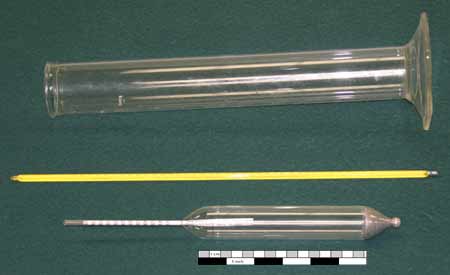 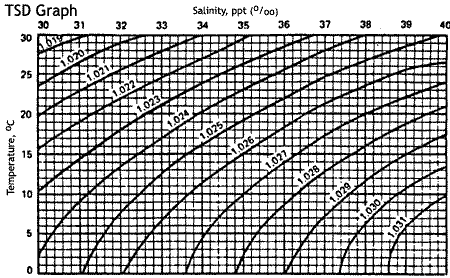 |
|
| Chemical Test Kit (Knudsen Titration modification) for Salinity | |||||||
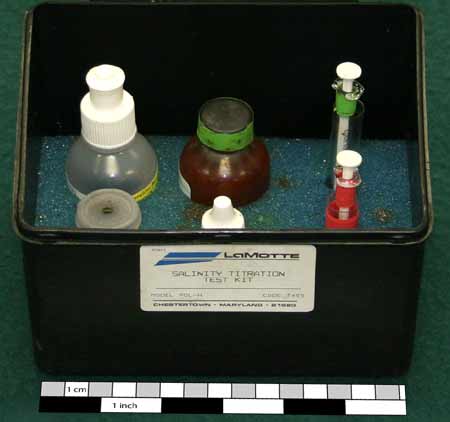 |
|
| Salinometer | |||||||
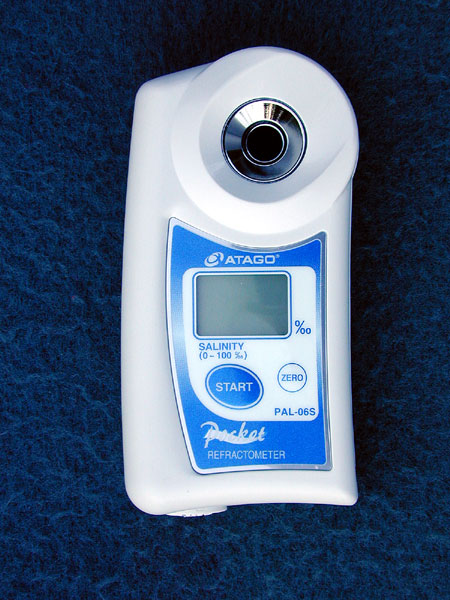 |
|
| 3. Oxygen |
| Chemical Test Kit (Winkler Titration) for Oxygen | |||||||
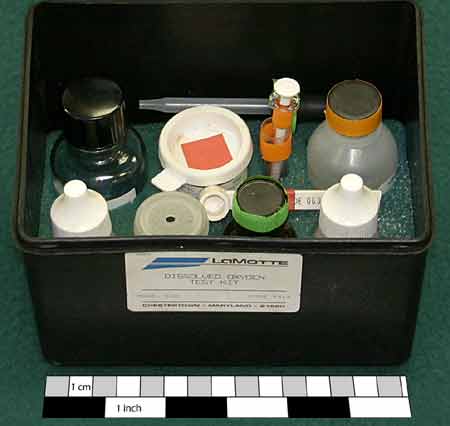 |
|
| Dissolved Oxygen Probe | |||||||
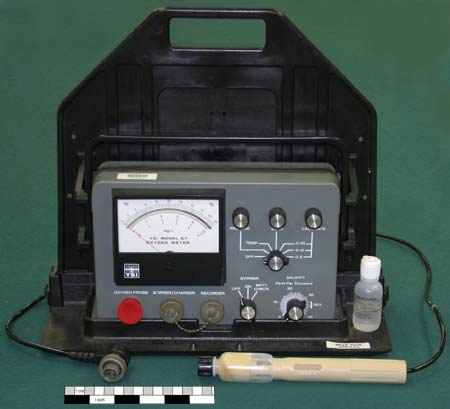 |
|
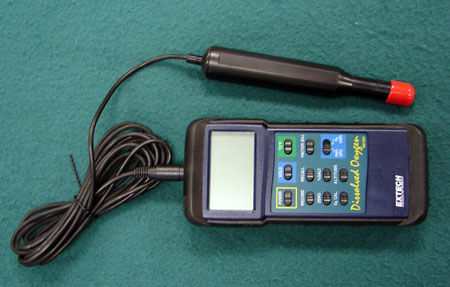 |
| 4. pH |
| pH test strips | |||||||
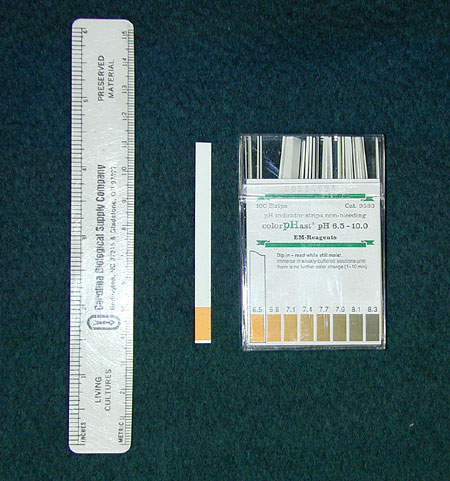 |
|
| Chemical Test Kit for Saltwater pH | |||||||
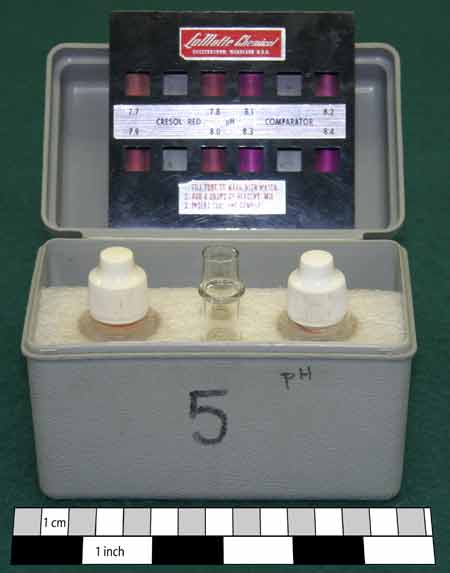 |
|
| pH meter | |||||||
 |
|
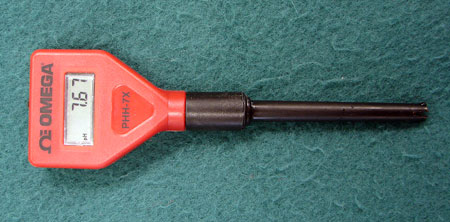 |
| 5. Visibility & Color |
| Secchi Disk | |||||||
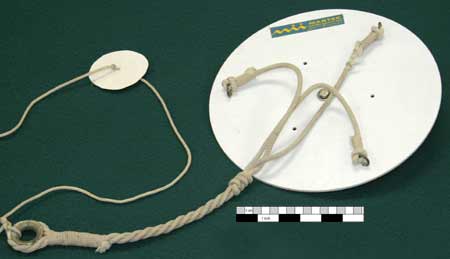 |
|
| Forel/Ule Scale | |||||||
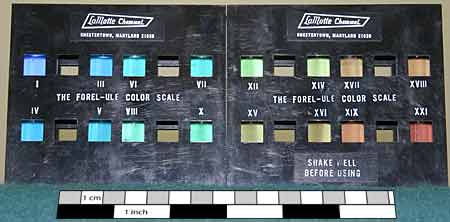 |
|
| 6. Other Test Kits |
| Other Test Kits | |||||||
|
| 7. Depth & Profile |
| Sounder (lead line) | |||||||
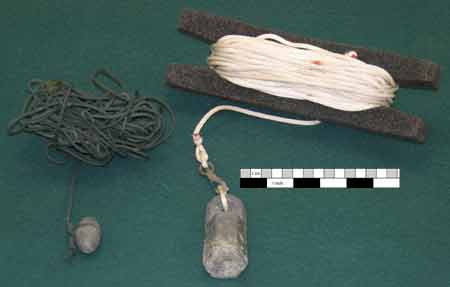 |
|
| Fathometer | |||||||
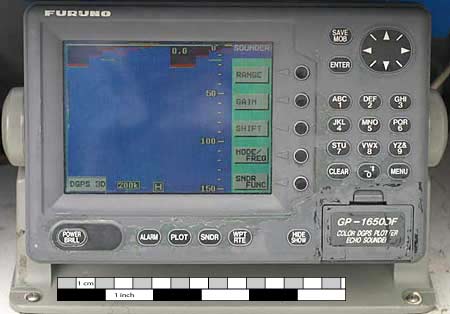 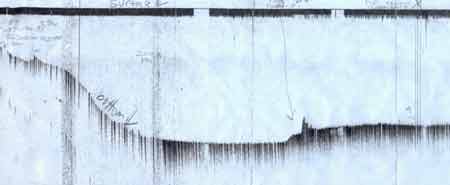 strip chart from fathometer |
|
| Surveying Equipment (Sighting level, Tripod, Stadia Rod) | |||||||
 |
|
| 8. Currents |
| Current Meters | |||||||
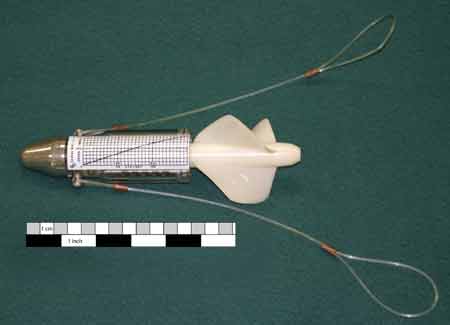 |
|
| Dye for Currents | |||||||
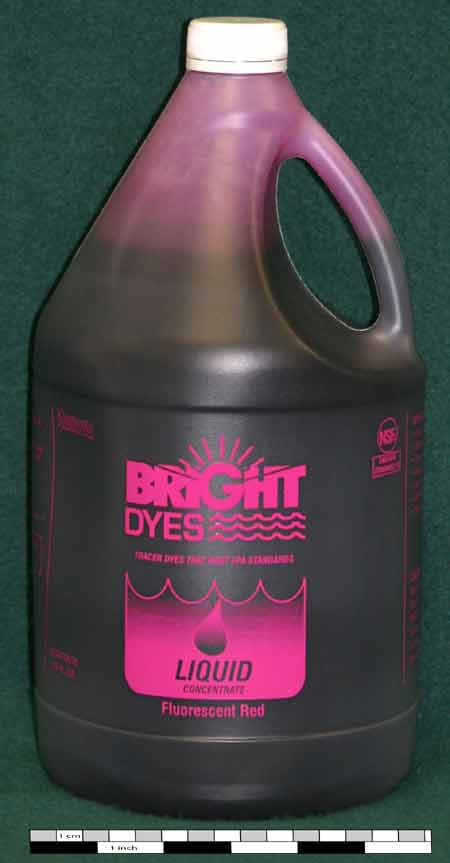 |
|
| Drogues (bottom with weight, and surface with float) | |||||||
 Above picture: surface drogue (with float)
|
|
| Drift Bottles | |||||||
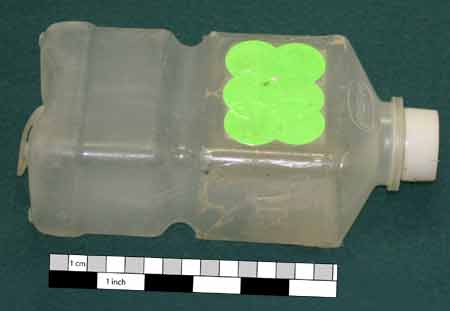 |
|
| Drift Cards | |||||||
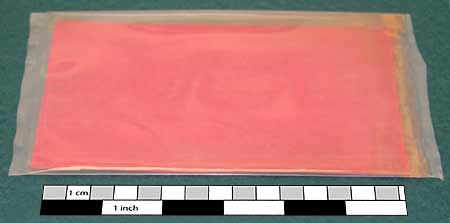 |
|
(Revised 27 Sept. 2007) |